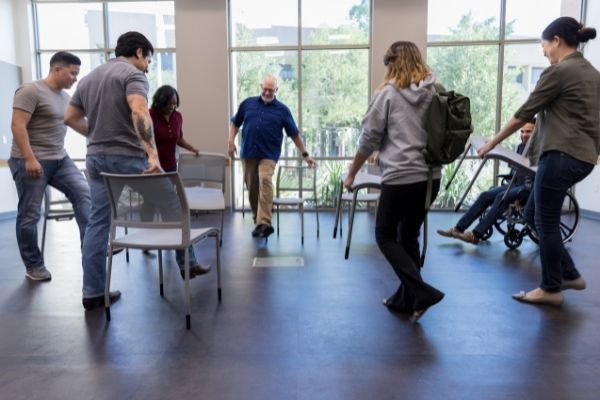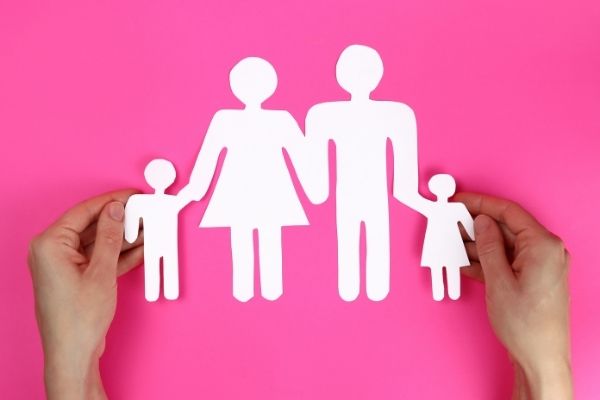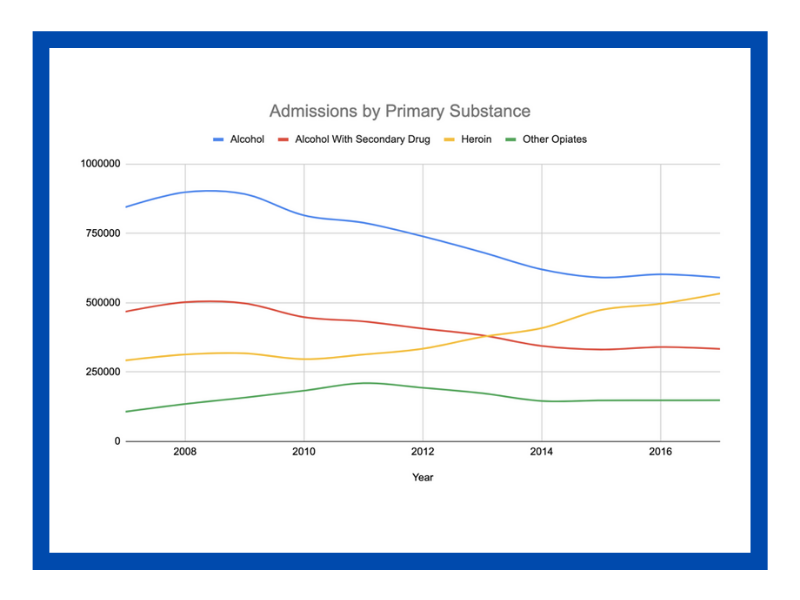Although individual therapy is at the core of addiction treatment, Narcotics Anonymous meetings and support group meetings are vital for recovery. Still, many are intimidated by the meeting topics and subject matters in these meetings.
Navigating Narcotics Anonymous: Common Meeting Topics
While each NA meeting will cover different topics, they follow a similar structure and allow you to share as much or as little as you want. Here are some of the most common NA meeting topics to think about.
1. The 12-Steps
First and foremost, these meetings will talk about the 12 steps. The 12 steps of NA differ from AA’s, with each step beginning with “we” instead of “I.” These meetings are more about members recovering together. Expect each session to follow one of these steps and focus on the different learnings and topics discussed in each step. This is perhaps the most common topic in most NA meetings, and it’s at least partially addressed in every session.
2. Keeping the Faith When Addiction Recovery Gets Tough
Like AA, Narcotics Anonymous also focuses on having faith in a higher power. This topic focuses on faith, hope, and how to start cultivating a relationship with that higher power. Contrary to popular belief, this higher power figure doesn’t have to be religious or spiritual. It can be anything that recovering addicts believe in.
3. Facing Fears and Redefine Bravery
The most controversial and challenging topic to discuss in NA meetings is the topic of fear. In step 4, people are asked to do a written inventory of their past. The idea is to confront those character defects and face them. When discussing fear, meetings will discuss how to be courageous and redefine bravery as a valuable tool in recovery.
4. Exploring Shortcomings
The shortcomings topic is highly related to the higher power previously discussed. The idea is that after recognizing character defects, you can now figure out how to remove these defects to move forward. It explores the concept of humility and how you’ll be able to explore shortcomings in your recovery journey without giving up.
5. Finding Forgiveness in Addiction
There’s a lot of blame for addiction. You blame yourself. You blame your family. You blame your environment. It’s easy to pinpoint the responsibility to something or someone. However, in most NA meetings, you’ll hear the topic of forgiveness, self-compassion, and willingness to move on. It’s important to forgive oneself to show actual progress and focus on the things you can control.
6. Making Amends in your Addiction Journey
Responsibility is by far the most common topic in NA meetings. In step number 9, you’re asked to make direct amends to people wherever possible. Nonetheless, the topic of amends is challenging for most people as it means going through the amends process and potentially receiving backlash throughout the process. Living your amends and moving forward can be scary for most people. This is why NA meetings try to discuss this topic as a group.
7. Self-Awareness
Not everyone recognizes this, but NA meetings give participants different tools for self-awareness that work as coping mechanisms. Prayer, meditation, and spirituality can be incredible tools to have in someone’s recovery journey. These tools can help prevent relapse and teach people how to navigate the early recovery days.
8. Goals for Addiction Recovery
Everyone has different goals in recovery. To promote acceptance and hope, many meetings will discuss short- and long-term goals. Sharing them in a group environment can help develop a sense of accountability and responsibility. It also sets the stage for an encouraging community to help everyone achieve their goals.
9. Taking Action in Treatment
Some people call it action. Others call it commitment. But, this topic is all about daily inventory and taking corrective actions as needed to stay in check. Those in early recovery will have to face complex challenges that can be tempting. Action helps them keep in check and keep the slate clean to keep working through the steps.
10. Honesty
The topic of honesty is discussed in several of the 12 steps, and it’s an essential topic in group meetings. It’s about seeing clearly what you need to change about yourself and having the integrity to do so. But, most importantly, it’s about trusting the process and your progress. While not everyone’s journey is the same, you have to trust that you’re taking the proper steps for yourself.
Embracing Supporting Communities in Narcotics Anonymous
Narcotics Anonymous meetings and group therapy meetings are paramount for long-lasting recovery. As part of a comprehensive addiction treatment plan, group meetings help build a sense of belonging while promoting a healing and supportive environment.
Sources:
https://www.aa.org/assets/en_us/smf-56_en.pdf
https://na-in-place.org/lghg/prompts2.pdf
https://www.na.org/?ID=IDT-IDT









